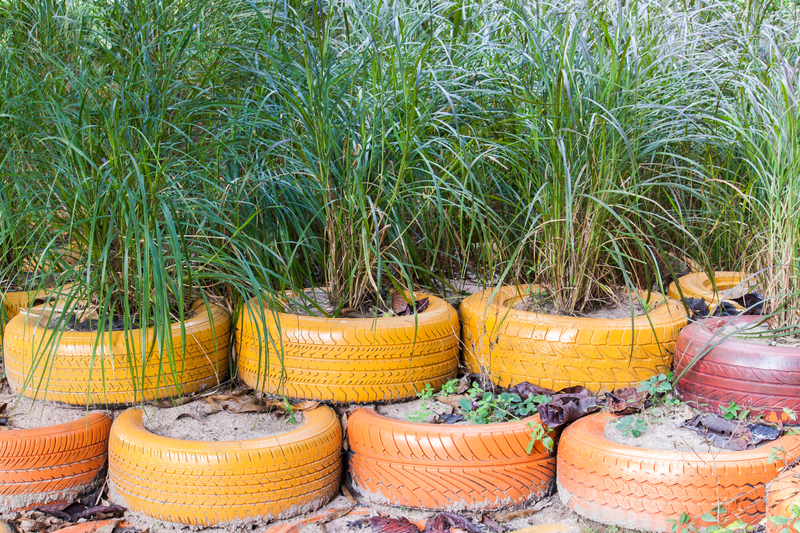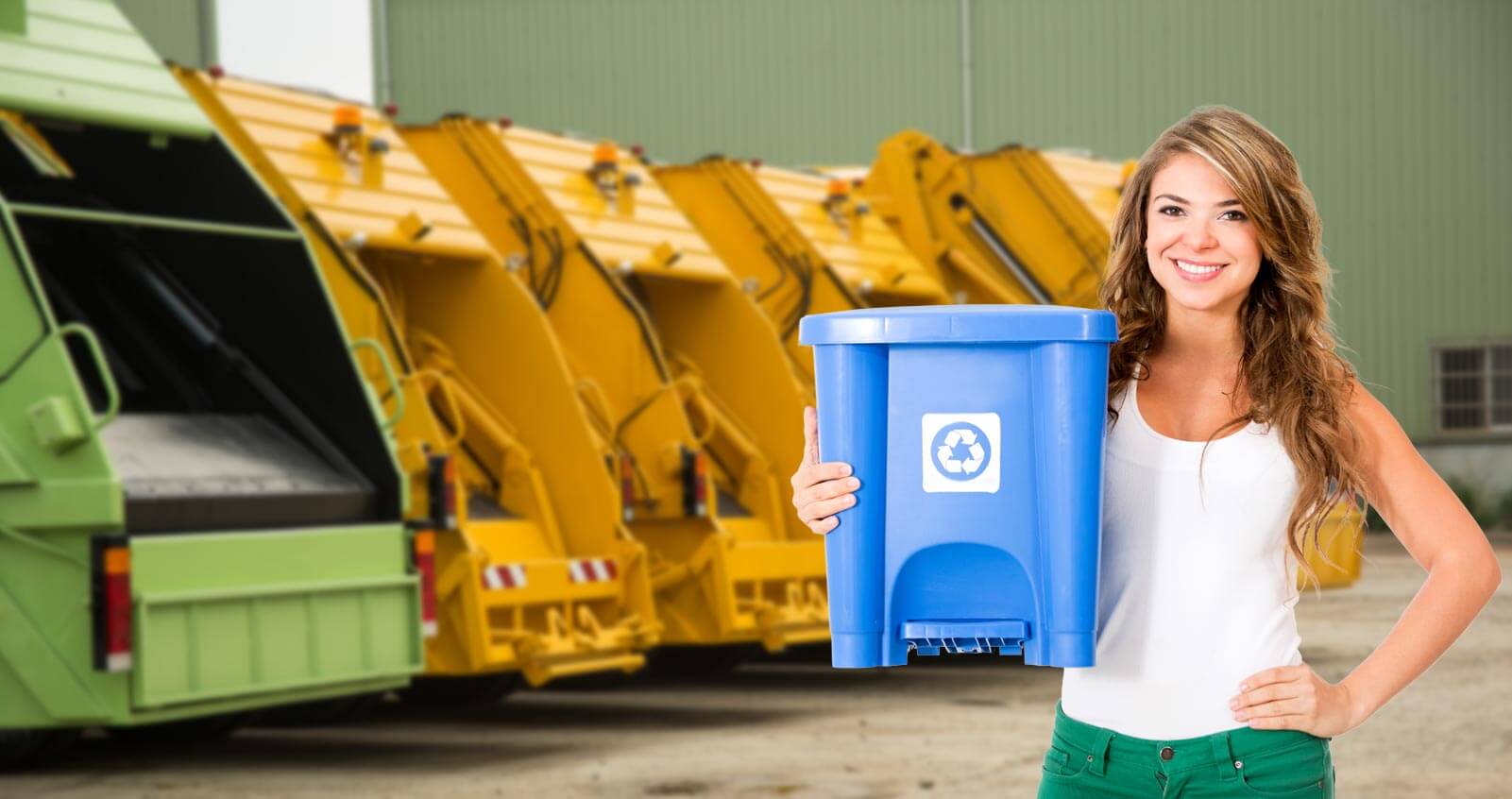Eliminate Plastic: Steps for a Greener Kitchen
Posted on 05/01/2025
Plastic pollution is a growing global concern, and one area where we can make a significant impact is in our kitchens. Reducing plastic use not only benefits the environment but also enhances our health and wellbeing. This comprehensive guide will walk you through practical steps to eliminate plastic from your kitchen, fostering a greener and more sustainable home environment.
Understanding the Impact of Plastic in Kitchens
Plastic is pervasive in our kitchens, from food packaging and storage containers to kitchen utensils and cleaning supplies. While convenient, plastic has severe environmental repercussions. It takes hundreds of years to decompose, often breaking down into microplastics that infiltrate ecosystems, harm wildlife, and contaminate water sources. Additionally, chemicals from plastic can leach into food and beverages, posing potential health risks.

Step 1: Assess Your Current Plastic Usage
Begin your journey by conducting a plastic audit of your kitchen. Identify all plastic items, classify them by type (single-use or reusable), and list the ones you rely on most. This will help you understand your starting point and prioritize areas for improvement.
Step 2: Swap Single-Use Plastics for Eco-Friendly Alternatives
Eliminating single-use plastics is a crucial step towards a greener kitchen. Here are some effective swaps:
- Food Wraps: Replace plastic wrap with reusable beeswax wraps or silicone food covers.
- Produce Bags: Use cloth or mesh bags instead of plastic produce bags while shopping.
- Straws: Opt for metal, bamboo, or glass straws instead of disposable plastic ones.
- Water Bottles: Invest in a stainless steel or glass water bottle.
These small changes can significantly reduce your plastic footprint.
Step 3: Transition to Reusable Containers
Plastic containers are common in many kitchens, but there are better alternatives. Here's what you can do:
- Glass Containers: Use glass jars or containers for storing leftovers and dry goods. They are durable, non-toxic, and often more aesthetically pleasing.
- Silicone Bags: Replace plastic zip-lock bags with reusable silicone bags for snacks and sandwiches.
- Metal Containers: Choose stainless steel containers and lunch boxes for durability and sustainability.
Step 4: Choose Plastic-Free Food Storage Solutions
Food storage can be a significant source of plastic waste. Implement these strategies to reduce plastic in this area:
- Buy in Bulk: Purchase items in bulk to reduce packaging waste. Bring your own containers to bulk stores.
- Shop at Farmers' Markets: Support local farmers and buy fresh produce with minimal packaging.
- Store Smartly: Use glass or stainless steel containers to store food in the fridge and pantry.
Step 5: Embrace Non-Plastic Kitchen Utensils
Many kitchen utensils are made of plastic, but there are sustainable alternatives:
- Wooden or Bamboo Utensils: These are biodegradable and add a natural touch to your kitchen.
- Stainless Steel Utensils: Durable and easy to clean, stainless steel is a great alternative to plastic.
- Silicone Baking Tools: Opt for silicone instead of plastic for heat-resistant, non-toxic baking tools.
Step 6: Opt for Eco-Friendly Cleaning Supplies
Cleaning supplies can be a hidden source of plastic waste and chemicals. Transition to greener cleaning methods:
- Use Natural Cleaners: Make your own cleaning solutions with vinegar, baking soda, and lemon juice.
- Switch to Bar Soap: Replace liquid dish soap in plastic bottles with bar soap.
- Reusable Cleaning Cloths: Choose cloth or biodegradable sponges over synthetic options.
Step 7: Reduce, Reuse, Recycle
Adopt the three R's mantra in your kitchen:
- Reduce: Be mindful of your purchases and avoid buying items with excessive plastic packaging.
- Reuse: Find new purposes for glass jars, tins, and containers instead of discarding them.
- Recycle: Properly recycle plastic items and encourage others to do the same.

Step 8: Educate and Advocate
Your efforts to eliminate plastic can inspire others. Share your journey, tips, and successes with friends and family. Advocate for policies and practices that reduce plastic use in your community and support businesses that prioritize sustainability.
Conclusion: A Commitment to a Greener Kitchen
Transitioning to a plastic-free kitchen is a worthwhile endeavor that requires commitment and consistency. By understanding the impact of plastic, making conscious choices, and adopting sustainable practices, you can create a healthier, eco-friendlier kitchen. Every small step counts towards a larger change, contributing to the well-being of our planet and future generations.
Ultimately, eliminating plastic from your kitchen is not just about reducing waste--it's about fostering a mindset of sustainability that permeates all aspects of life. Together, we can make a significant difference, one kitchen at a time.




